8 Theories on the Titanic Sub and What Went Wrong
Here is what could have led to the disappearance of OceanGate.
This week, people around the world have been fixated on OceanGate, the private submersible that disappeared during a trip deep into the ocean to explore the wreckage of the Titanic. British businessman Hamish Harding; Pakistani businessman Shahzada Dawood and his teenage son, Suleman; French explorer Paul-Henri Nargeolet; and Stockton Rush, the CEO of OceanGate, the company that operates the submersible, were on the expedition, which reportedly cost $250,000 per head.
Early Thursday morning, their oxygen was set to run out. Sadly, on Thursday afternoon, the coastguard announced that a “debris field” had been observed close to the Titanic wreckage. Debris retrieved from the ocean floor revealed evidence suggesting that the pressure chamber of the submersible was catastrophically compromised. This indicates that the submarine was crushed by the sea’s immense pressure after losing communication with its surface vessel on Sunday. The cause and timing of the implosion remain uncertain as the submersible descended to a depth of 12,500 feet in its journey toward the ocean floor. However, here are 7 theories, including what the coast guard believes actually happened.
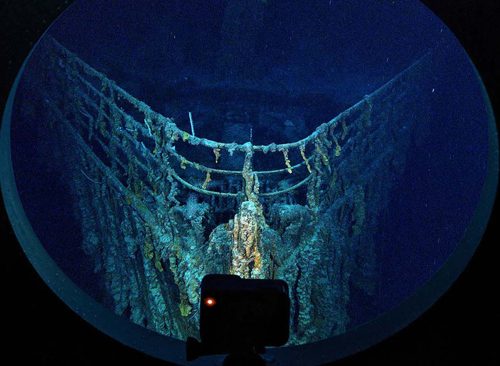
Kathleen Cosnett, a cousin of Harding, slammed OceanGate for failing to notify the coast guard until eight hours after the sub went missing. “It’s very frightening,” she told The Telegraph. “[It] took so long for them to get going to rescue [them], it’s far too long. I would have thought three hours would be the bare minimum.”
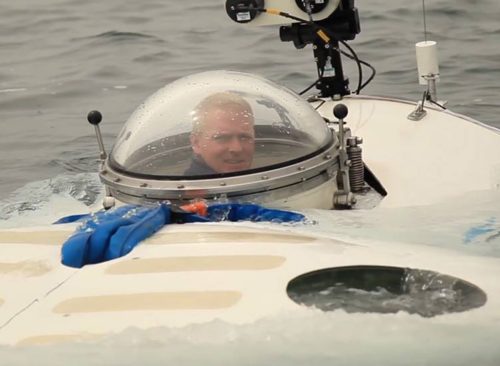
In 2018, David Lochridge, former director of marine operations at OceanGate, raised concerns about the project after being sued for breaking his confidentiality agreement. He claimed the company would pay for a viewport built “that would meet the required depth of 4,000 meters, or more than 13,000 feet,” according to the Washington Post.
He added that paying passengers would not be aware or informed that “hazardous flammable materials were being used within the submersible.”
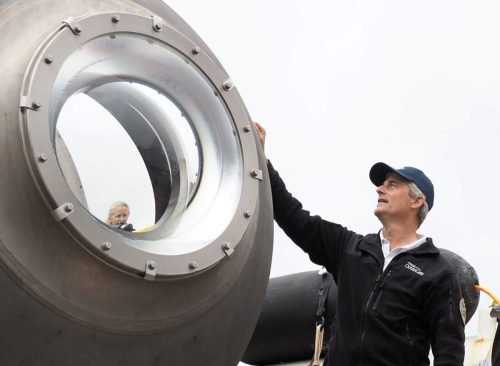
Maximilian Cremer, director of the ocean technology group at the University of Hawaii Marine Center, also told The Washington Post that the Titan’s hatch, bolted from the outside, did not meet safety standards.
“We are required by the American Bureau of Shipping, by our regulatory oversight, to have a tower, a structure you can climb out of the command sphere in case of emergency at sea surface,” Cremer said. “Plus we can and are required to open under our own power, human power, to be able to open the main hatch.”

A major thing that went wrong is that OceanGate was operating in a legal gray area because the company didn’t fall under one country’s jurisdiction.
“They are operating in that lawless sea environment,” Salvatore Mercogliano, a maritime historian with Campbell University, said. “There’s literally no requirement out there because there’s no one out there to enforce that.”
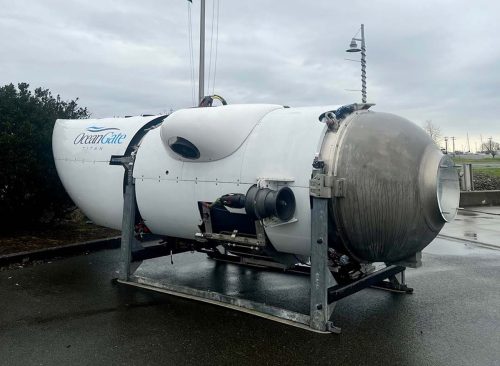
It is very possible that the Titan, a battery-powered sub, lost power, which cut off communication with the mothership at the surface. And it isn’t clear if it had a backup system.
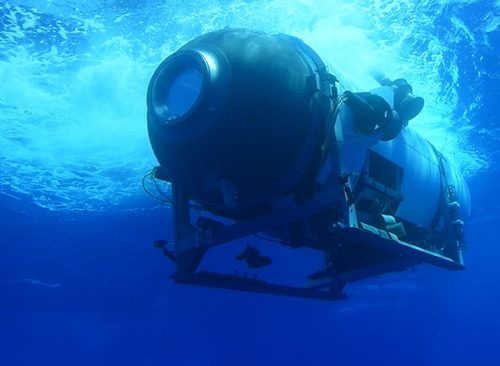
Another theory is that the sub may have experienced a fire, possibly due to a short circuit, which could have led to toxic fumes in the space, burning up the oxygen supply. This would also result in a disconnect from the mothership.
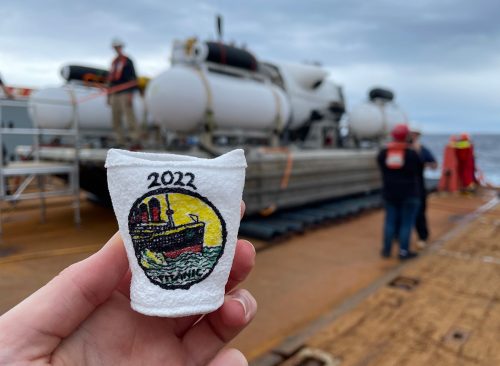
Another theory is that the submarine could have imploded due to pressure. “Any out-of-circularity defect could result in a near-instantaneous implosion (less than 40 milliseconds) at such depths,” said Professor Eric Fusil, the director of the shipbuilding hub at the University of Adelaide. “We don’t know yet if any seismometers have detected such a phenomenon, should the Titan have suffered that fate.”
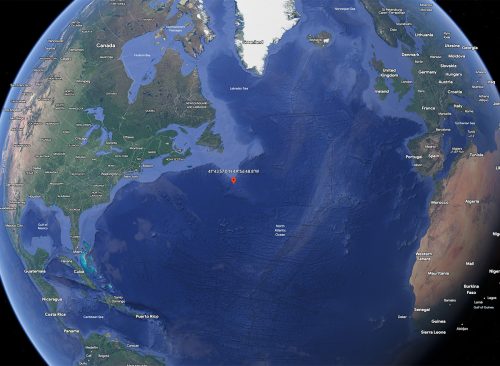
On Thursday, after finding debris, the US Coast Guard believes there was a “catastrophic implosion” of the submersible. “The debris field is consistent with catastrophic implosion of the vessel,” Rear Admiral John Mauger said, adding that the families have been informed. Because the sonar buoys have been in the water for 72 hours and did not detect any implosion, they believe it happened at the start of the expedition. “We now believe that our CEO Stockton Rush, Shahzada Dawood and his son Suleman Dawood, Hamish Harding, and Paul-Henri Nargeolet, have sadly been lost.”















